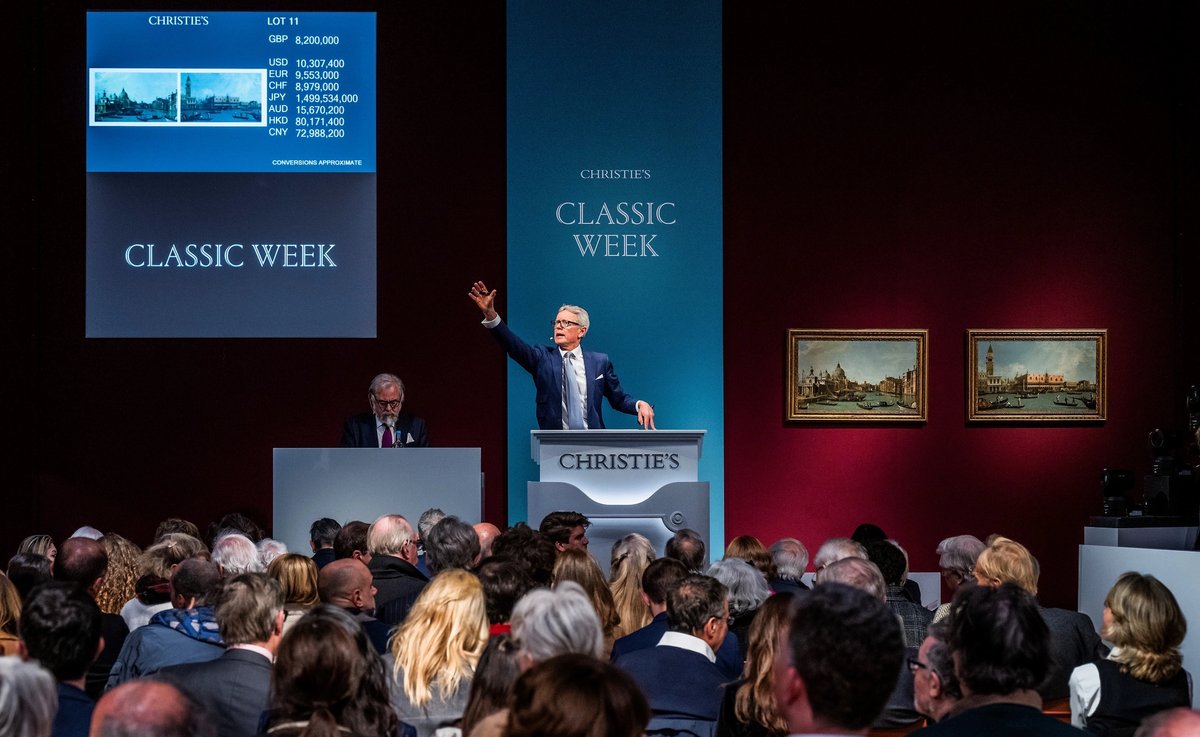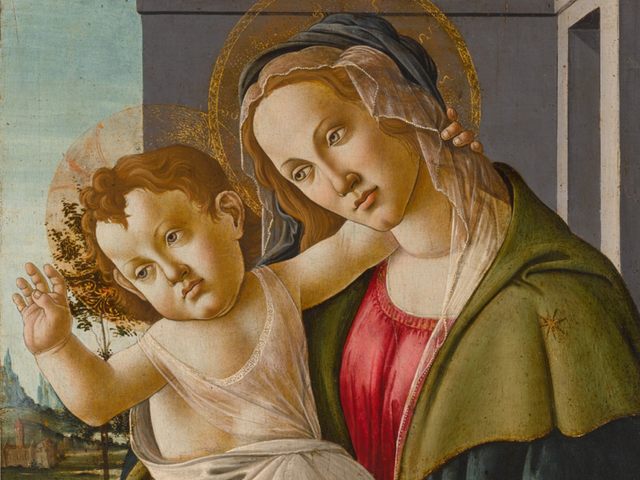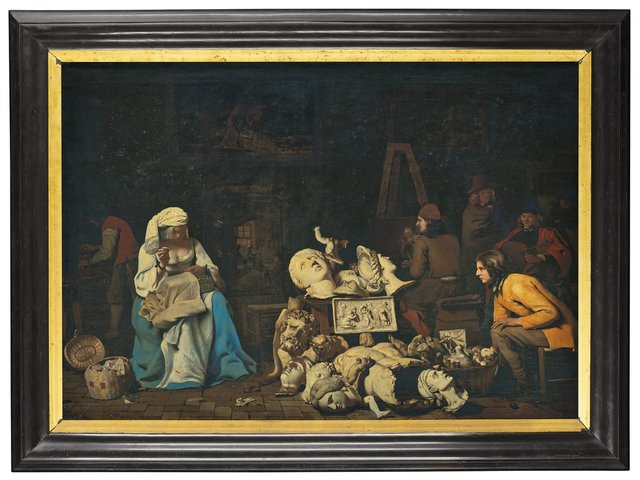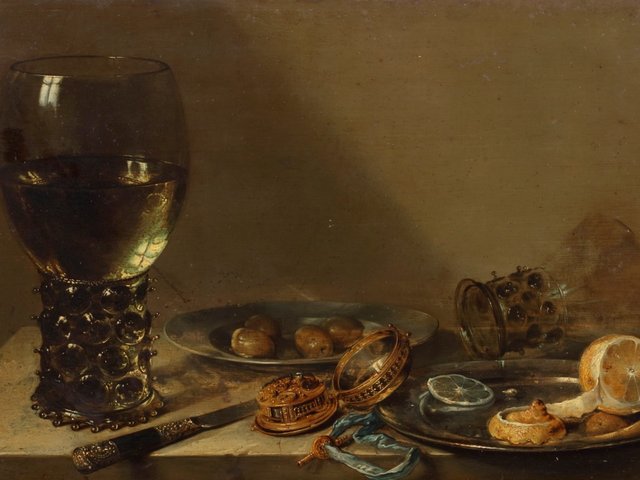It says a lot about the current priorities of the international auction houses that both Sotheby’s and Christie’s websites gave top billing to its pre-Christmas luxury sales, rather than the rediscovered paintings by Rembrandt and Canaletto that led this week’s Old Masters sales in London.
We know Old Masters aren’t the force they once were in the art market, but rediscoveries still have the potential to generate some excitement—and profit. Rembrandt’s small, dark, but delicately detailed monochrome panel, The Adoration of the Kings, measuring just 25cm high, was the clear stand-out lot at Sotheby’s evening sale on Wednesday 6 December. Certainly in terms of price.
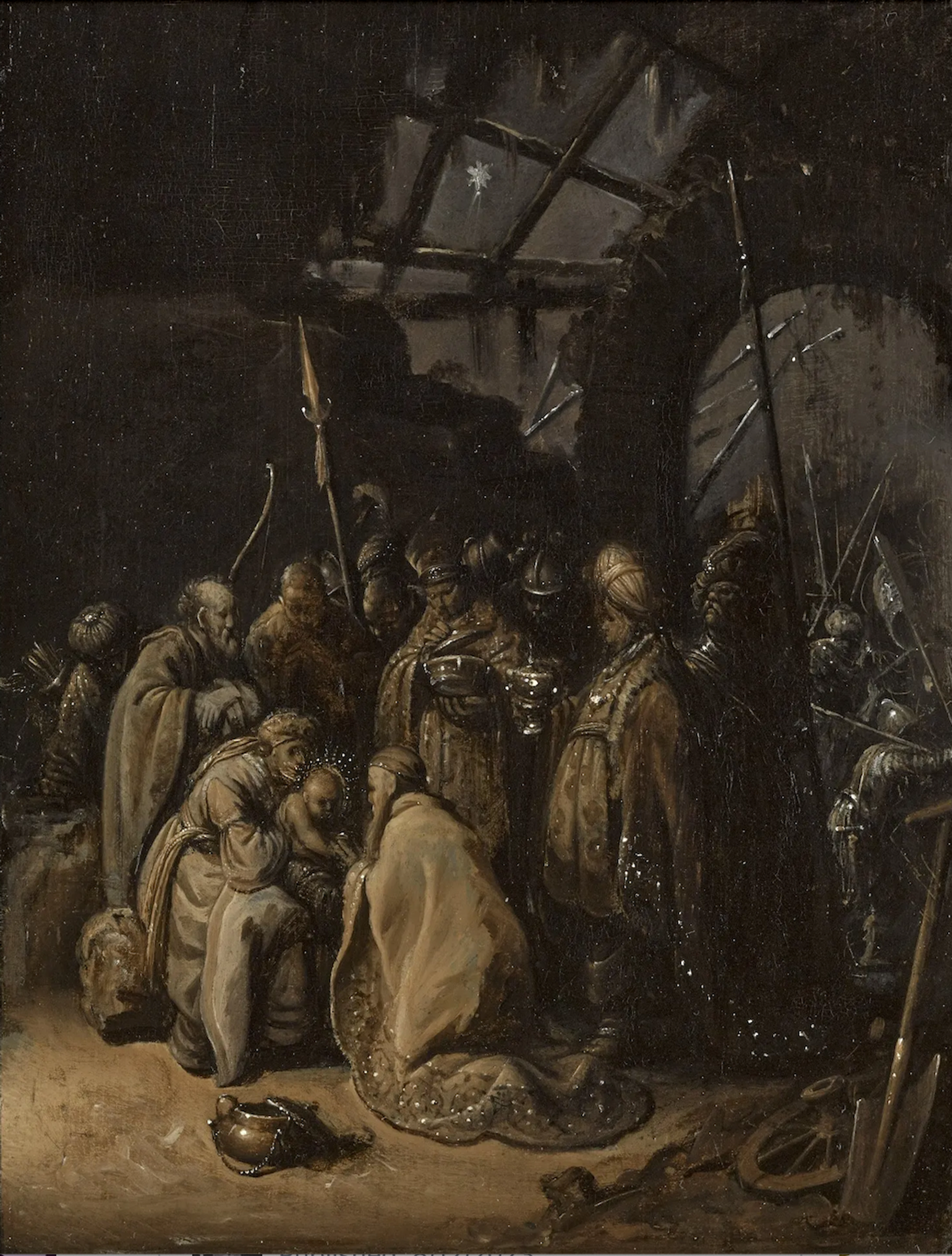
Rembrandt’s The Adoration of the Kings
Guaranteed to sell for at least £10m, courtesy of a third-party irrevocable bid, the painting was last on the auction market in October 2021, when it had sold in a Christie’s Amsterdam online- only sale, catalogued as “Circle of Rembrandt,” for €860,000 (including fees) against a low estimate of €10,000. Clearly more than one bidder had been awake to the possibility that this might have been a serious ‘sleeper’. The 2021 buyer has been identified by at least four in-the-know traders as the London-based Old Master dealership Hazlitt, which collaborates with Dutch dealer, Jan Six. Hazlitt has so far declined to confirm it was the buyer in Amsterdam and the consigner this week in London.
Subsequent research suggested the painting is an early autograph- quality work, dating from the 1620s, when the artist was living in Leiden. But this tiny nocturne was not the most obviously commercial Rembrandt and at the sale itself the third-party guarantor was the only bidder at a price that added up to £11m with fees.
This was the only work among the sale's 27 lots, padded out with 19th-century paintings, that managed to break through the million-pound barrier. An 1865 Gustave Courbet seascape, Marine, Trouville, estimated at £400,000 to £600,00, was among the seven works that failed to sell. The final total from this slimline auction was £19.4m, a result which a Sotheby’s spokesperson described as “in line with average for our December sales,” but was way down on £32.7m achieved from the equivalent auction last year, featuring 37 works.
"You wouldn’t have had a picture like that in Old Master sales a few years ago. It shows you how thin things are," says Johan Bosch van Rosenthal, an Amsterdam-based art consultant, pointing to the late Courbet seascape. He adds that the import VAT that EU clients have to pay when purchasing at post-Brexit London auctions (the rate is 9% in the Netherlands) is a disincentive to both European buyers and sellers. “It’s like having to make an extra bid. Europeans prefer to buy in France,” said Bosch van Rosenthal, who also acknowledges that high interest rates and wars aren’t good for the art business either.
Sotheby’s other main highlight was Francesco Renaldi’s highly decorative and sensuous 1787 Orientalist painting, Portrait of a Mughal lady, seated in an interior, notable for the contemporary- looking beauty of the young sitter, sporting a spectacular gold nose ring. This was pursued by three telephone bidders to £825,500, more than double the low estimate and an auction record for the English-born portraitist, who worked in Kolkata for three years.
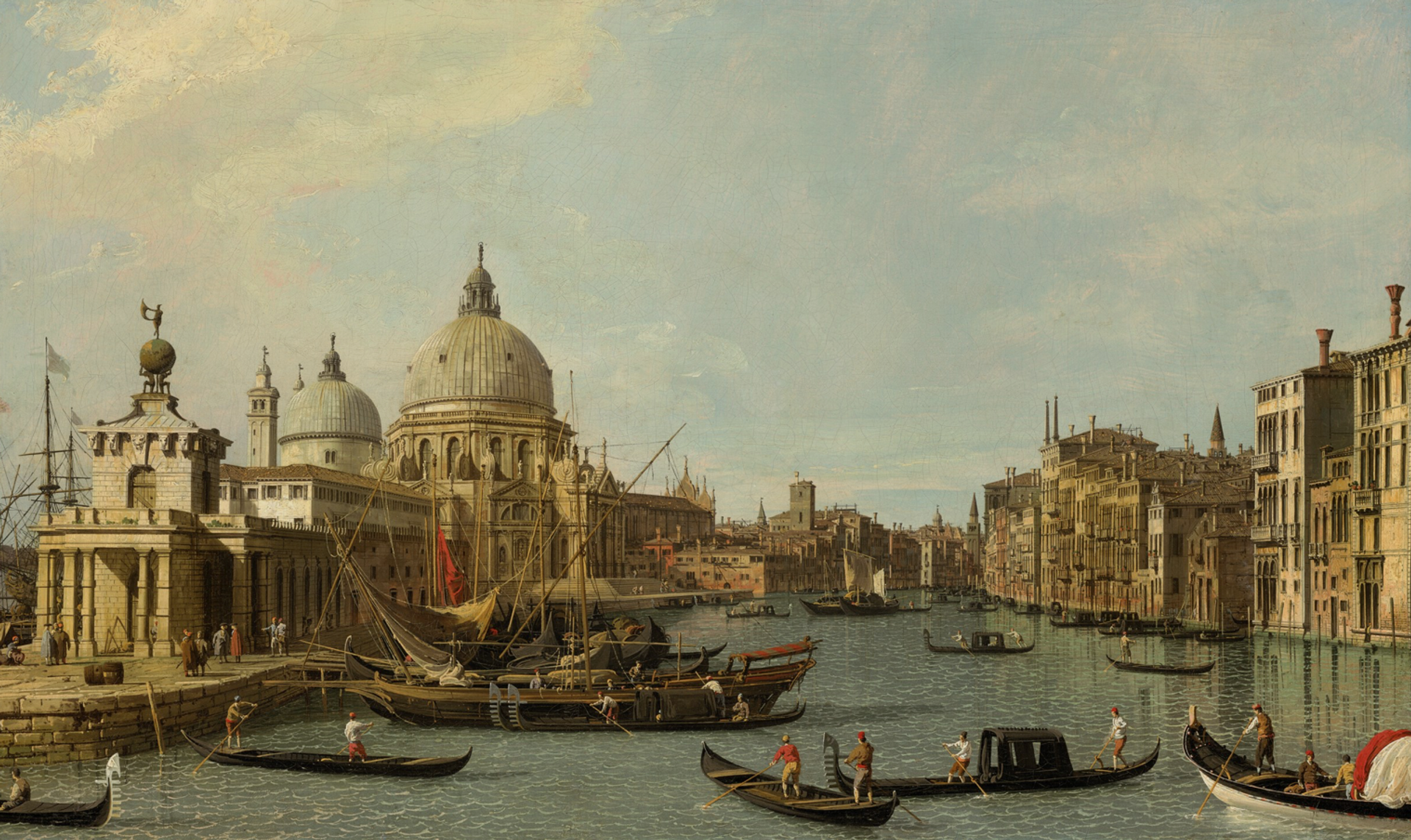
Canaletto, Venice: The Mouth of the Grand Canal from the East; and The Molo, with the Piazzetta and the Doge’s Palace, from the Bacino, around 1730s
For many specialists, the obvious star of the week was a pair of superbly detailed, finely preserved views of the Grand Canal in Venice by Canaletto, dating from the artist’s prime period of the 1730s, that headlined Christie’s Old Masters Part I auction on Wednesday afternoon. These had been completely unknown to both scholars and the trade. Each measuring 31 in wide, Venice: The Mouth of the Grand Canal from the East and The Molo, with the Piazzetta and the Doge’s Palace, from the Bacino were thought to have been commissioned in 1733 by Elizabeth, Countess of Essex, the sister of the Duke of Bedford, who acquired a famed series of Canaletto vedute for his country seat at Woburn. The paintings had been discovered in a country house near Lewes in East Sussex and were estimated by Christie’s to sell for at least £8 million.
“They are really, really top,” says Charles Beddington, the London- based dealer who curated the National Gallery’s 2010-2011 exhibition, Venice: Canaletto and his Rivals. “For Canalettos of this quality to reappear without anyone knowing about them is extraordinary.”
Like Sotheby’s rediscovered Rembrandt, this was also backed by a third party guarantor, but it did manage to attract a second telephone bidder, who prevailed at £9.7 million with fees, well within estimate.
Christie’s 39-lot Old Masters sale, the last full offering to be taken by the company’s global president and long-time lead auctioneer, Jussi Pylkkänen, had the edge over Sotheby’s in terms of trophy lots. Following on from the stunning £12.6m achieved at Christie’s in July for the pristine rediscovery, The Artist’s Studio with a Seamstress, by the mid-17th century Flemish painter Michael Sweerts, Christie’s unearthed another unknown work by this quirkily original figure. What appeared to be a trompe l’oeil self-portrait of the artist, presenting a painting of the Virgin in Prayer, was bought by the New York dealer Otto Naumann for £1.7m against an estimate of £400,000-£600,000.
A rare third-state impression of Rembrandt’s superb 1653 drypoint, Christ crucified between the two Thieves: The Three Crosses, proved the most expensive of five highlights picked from the outstanding Sam Josefowitz Collection of more than 70 Rembrandt prints that sold for £7.9m at Christie’s two hours later.
Christie’s Old Masters sale raised £23.5m from its 39 offered lots, a significant improvement on the modest £13.1m achieved from just 27 the previous December. Eight lots were left unsold this time round. “The good things are doing well,” says Salomon Lilian, a Geneva-based dealer, once the standing ovation for Pylkkänen’s last Old Masters sale had died down.
But what about those once-in-a-lifetime Canalettos? Shouldn’t they have done better? “They were too small. They didn’t have wall power. For Old Masters to do well, they need impact,” said Lillian, who also thought Sotheby’s little Rembrandt underpowered. Seemingly in today’s market, size matters, even for rediscovered masterworks by art history’s biggest names.


